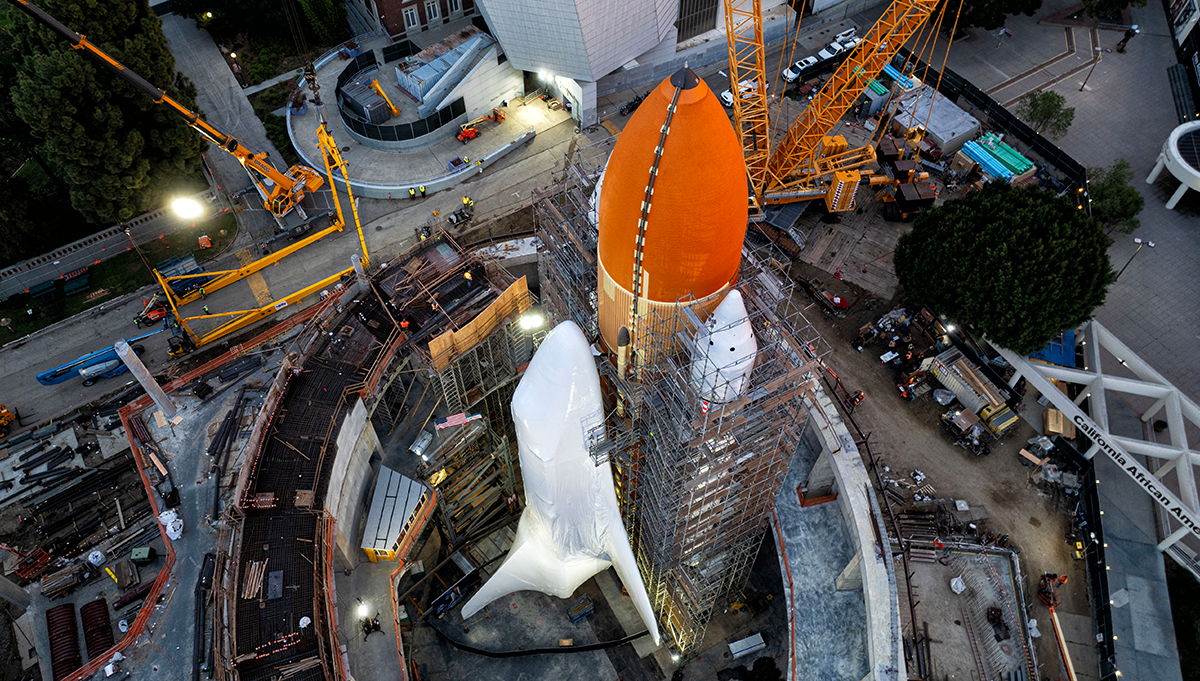June 30, 2009 Vol. 2, Issue 6
A mid-decade surge in the price of titanium resulted from a perfect storm of supply and demand factors, according to a recent study by the RAND Corporations Project AIR FORCE.
According to the U.S. Geologic Survey, the price per pound of titanium rose from $2.72-3.95 in 2003 to $5.87-12.84 in 2006. The new RAND study concludes that the price surge resulted from a semi-perfect storm of factors they categorized into supply and demand events. On the supply side, factors include:
- Low aircraft production created a titanium scrap metal shortage, resulting in less recycled scrap metal in 2003.
- Dramatic Chinese industrial growth consumed large amounts of the steel alloy ferrotitanium, which subsequently drove up demand for titanium, the alloy’s substitute.
- The Defense Logistics Agency depleted its sponge stockpile in 2005.
- Titanium producers were nearing bankruptcy and became hesitant to expand unless a significant demand surfaced, causing the price of sponge and scrap to increase sharply in 2005 and 2006.
On the demand side:
- The average amount of titanium used per aircraft has increased significantly.
- The full-time production of the F-22A Raptor in 2003 created an increase in demand.
- Record orders from Boeing and Airbus in 2005 and 2006 drove demand.
- Demand increased for other uses like armor and industry.
The report says that despite these factors, the current response by the titanium industry should provide sufficient and even abundant capacity for titanium production by 2010.
At the same time, some factors warrant monitoring, including Chinese and American production rates of titanium, the rate of production for planes like the Boeing 787, and the Chinese growth and consumption of titanium as well as steel.
The authors recommend less expensive alternatives to improve current practices in the titanium industry. For instance, a combination of improved extraction processes and powder metallurgy would decrease current lead times and expand the amount of titanium available. Yet even if solutions like these come to fruition, they caution, the aerospace industry is wary of new materials and requires several months to years of testing and certification of the metal before it can actually be put to use on a commercial plane or space shuttle.





